|
Pig Prices Continue to Remain Low ▏Increased Pressure on Breeding Companies Source from China Animal Industry Since entering the fourth quarter, the enthusiasm of the breeding end for selling is still high, and the pig market supply is abundant. The fluctuation of pig prices has led to poor breeding profits, and the breeding end's confidence in the market outlook has weakened. Driven by pessimistic expectations, the breeding end has taken the initiative to adjust pig production capacity, which is mainly reflected in the behavior of restocking piglets and culling sows, which has led to the price of piglets and culled sows approaching historical lows. The reduction in pig production capacity in the fourth quarter will be realized in the reduction of pig supply after the third quarter of 2024, when pig prices may recover.
Pig prices fluctuated and fell at the beginning of the fourth quarter Industry insiders generally believe that the main reason for China's sluggish pig prices this year is that pig production capacity has expanded too quickly in previous years, and pig production and supply have steadily increased. With pork consumption relatively stable, the balance of supply and demand has become unbalanced. The price has lost its due support.
Since entering the fourth quarter, pig prices have shown a volatile downward trend. The average price of Sanyuan pig transactions nationwide has dropped by 7.18%. Entering the fourth quarter when pork demand peaks throughout the year, pig prices have dropped to the lowest point since August, and breeding profits have subsequently declined. Self-breeding and piglet fattening have once again entered a state of loss. The losses on the breeding side have intensified and the future prospects Under pessimistic expectations, the pace of adjustment on the pig supply side has accelerated, mainly through the behavior of restocking and culling.
The pigs sold in October correspond to the piglets that were restocked in May. According to monitoring data from SCI99.net, the average price of piglets in May was 540.02 yuan (≈74USD)/head, a year-on-year increase of 7.75%, which was above the piglet cost line. Overall, the price of piglets in May was at a relatively high level, and the cost of replenishing pens at the breeding end was relatively high. In addition, affected by the downturn in pig prices in October, as of the 26th, the profit of piglet fattening dropped to -181.29yuan (≈-25USD)/head. The average profit of piglet fattening was -106.57yuan (≈-14.6USD)/head, a month-on-month decrease of 93.32 yuan (≈12.8USD)/head.
Due to the poor profitability of piglet fattening, the breeding end's confidence in the market outlook has weakened, and the piglets restocked in October correspond to the traditional off-season market after the Spring Festival holiday. The enthusiasm for restocking has dropped significantly, leading to a decline in piglet prices. In October, the price of piglets showed a slight upward trend after falling. The lowest price of 7-kg piglets nationwide was 139.48 yuan/head on the 18th. As of the 26th, the average price of 7kg piglets in October was 153.75 yuan (≈23.8USD) /head, which is far lower than the cost of piglets. Wire. Zhu Zekun, a pig market analyst at SCI99.net, said that from the perspective of piglet transactions, on the one hand, due to increasing losses in piglet sales, some piglet sales companies stopped exporting and switched to self-raising to reduce future slaughter costs, and the actual supply of piglets in the market is limited; On the other hand, the financial pressure caused by breeding losses has led to a decrease in the willingness of fattening enterprises to expand their scale, and the risk of winter fattening being affected by pig diseases has increased, which has led to a reduction in the number of piglets purchased from outside. Market transaction activity is sluggish, and the price of 7kgs piglets in October fell to the lowest point of the year. Among the piglet price trends in the past five years, the current piglet price is only higher than the same period in 2021.
Zhu Zekun analyzed that from a time perspective, pig breeding has experienced more losses than profits since 2022, especially in 2023, when pig breeding has been in a state of long-term losses. Entering the traditional peak season of the market in the fourth quarter, profit improvement is limited, leading to weakening confidence on the breeding side and a gradual increase in willingness to cut overcapacity. At the same time, affected by the drop in temperature in some areas in the north, swine diseases have stimulated the breeding side to accelerate the reduction of overcapacity, and the number of culled sows for slaughter has increased. In addition, due to the abundant supply of live pigs in the current market, the replacement effect of culled sows is limited, and the production capacity of culled sow slaughtering enterprises is relatively limited. In the case of a significant increase in the supply of culled sows, demand is insufficient, and the price of culled sows continues to fall.
Is it feasible for pig companies to "compensate for price based on quantity"? The fourth quarter is the peak season for pork consumption. This is due to the drop in winter temperatures and increased demand for meat. In the live pig market, data on pig price trends in the past three years show that from September to November 2021, the domestic pig market price began to bottom out, and the price increase in the same period in 2022 expanded. However, since September 2023, the overall price of pigs has declined. Trading sideways at low levels, seasonal boost expectations have not materialized. Against this background, some listed pig companies have adopted the strategy of "volume to compensate for price", that is, increasing sales volume to make up for the profit losses caused by falling prices, which helps maintain the stability of overall sales and market share.
The strategy of "volume to compensate for price" is not foolproof for pig companies. Jiang Han, a senior researcher at PanGoal, believes that on the one hand, increasing sales means increasing the supply of live pigs, which may increase the company's breeding costs and operating risks. On the other hand, if market conditions continue to be poor, even if sales increase, it will be difficult to make up for the losses caused by falling prices. In addition, the sales strategy of “price based on quantity” may also lead to intensified market competition, thus affecting the profitability of enterprises. Therefore, when pig companies adopt the sales strategy of "volume to compensate for price", they need to comprehensively consider market demand, their own production capacity, market competition and other factors, and formulate reasonable sales plans and risk management measures.
Jiang Han said that in the long term, to weaken the negative impact of the pig cycle on pig companies, first, we must control breeding costs. Pig enterprises can reduce breeding costs by improving breeding technology and management levels. For example, adopting more efficient feed formulas, optimizing breeding processes and other measures. At the same time, attention should be paid to rationally adjusting the procurement channels and scale of feed, veterinary drugs, etc. to reduce costs. These measures help improve business profitability. Second, we must optimize sales strategies. In the face of lower pig prices, the traditional peak and off-season sales models need to be flexibly adjusted. For example, according to its own situation and market demand, it is appropriate to adopt the sales strategy of "volume to compensate for price" to increase sales volume and maintain stable market share. According to monitoring data from SCI99.net, starting from June 2023, the number of breeding sows in sample breeding companies has continued to decline until September, corresponding to the gradual reduction in pig supply in the first half of 2024. As the activity of piglet transactions declines, the breeding side is stimulated to actively eliminate sows, and the reduction of pig production capacity will accelerate in the fourth quarter of 2023. Zhu Zekun believes that based on the breeding cycle of pigs, the fertile sows in October correspond to the pigs that will be slaughtered in July-August 2024. From this calculation, theoretically, the supply of pigs will be significantly reduced starting in the third quarter of 2024. Coupled with the gradual improvement in demand in the third quarter, pig prices may pick up in the third quarter of 2024. 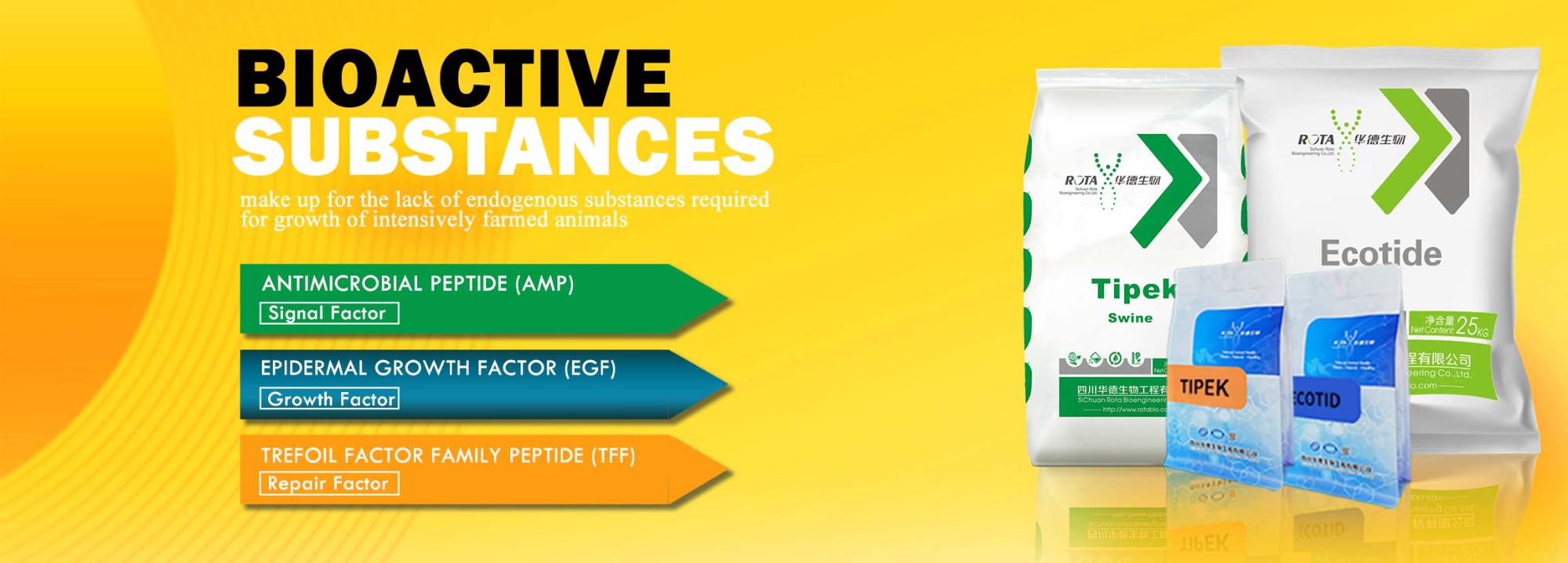 |
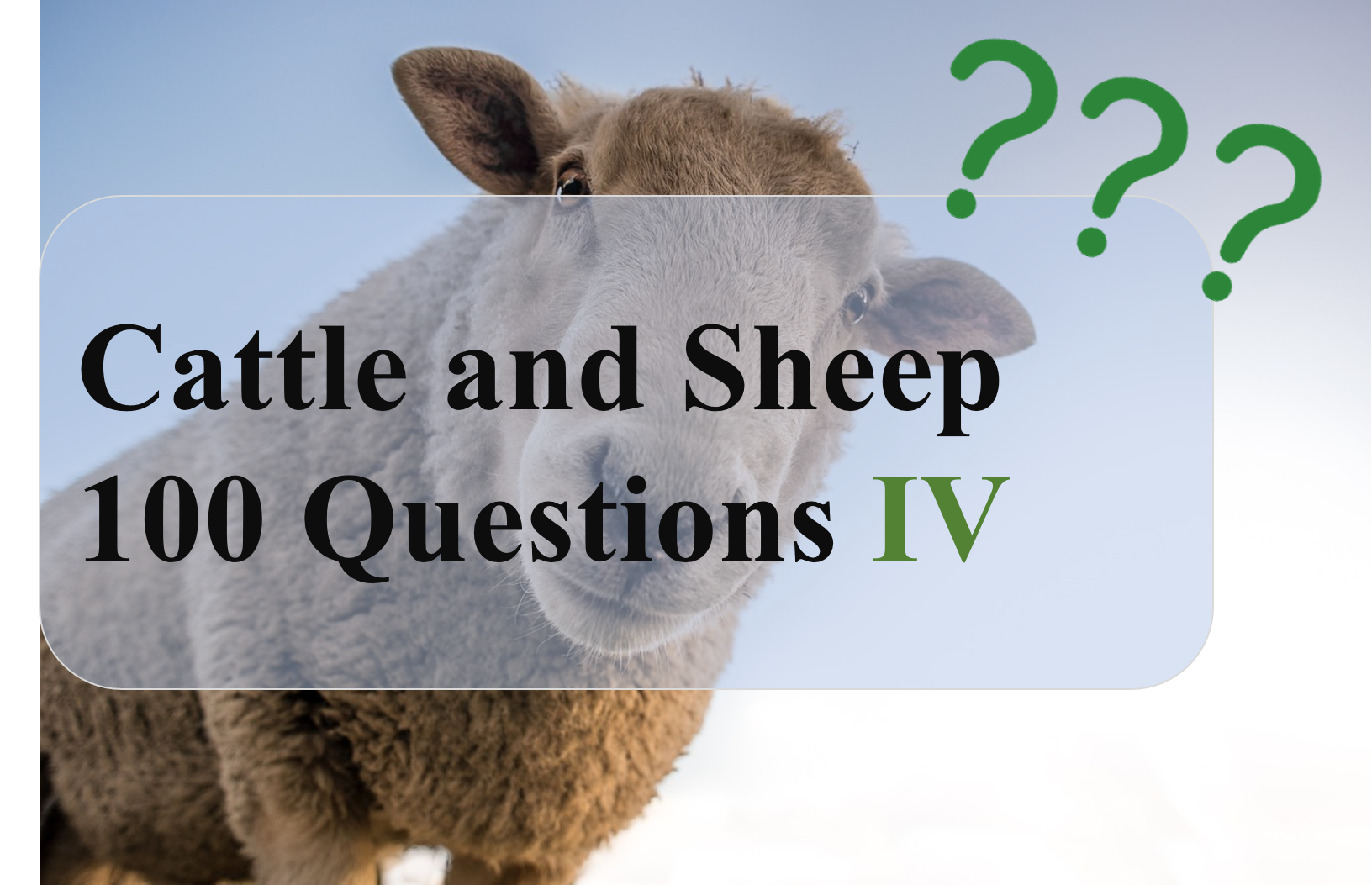 Cattle and Sheep 100 Questions Ⅳ
Cattle and Sheep 100 Questions Ⅳ
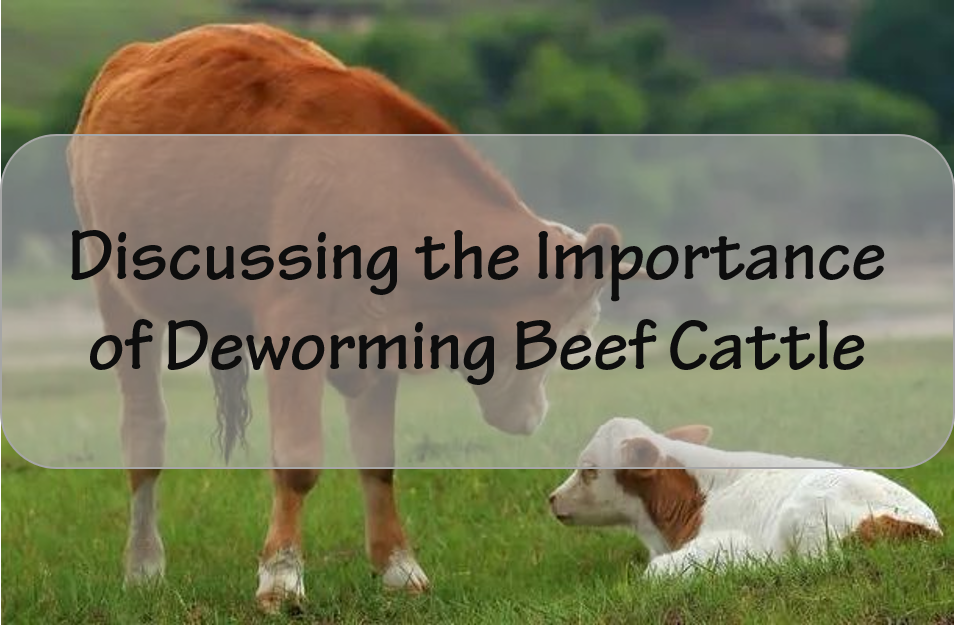 Discussing the Importance of Deworming Beef Cattle
Discussing the Importance of Deworming Beef Cattle
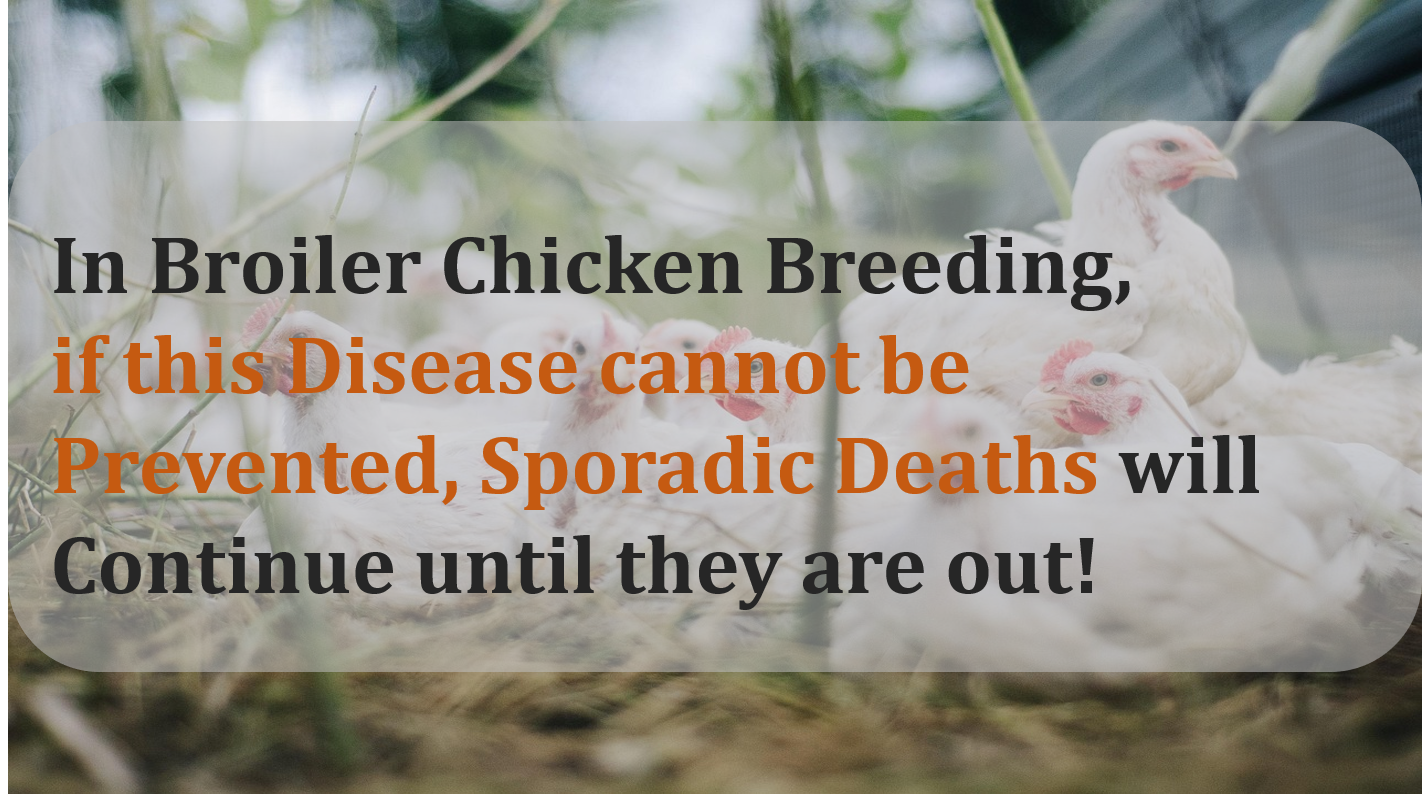 In broiler chicken breeding, if this disease cannot be prevented, sporadic deaths will continue until they are out!
In broiler chicken breeding, if this disease cannot be prevented, sporadic deaths will continue until they are out!
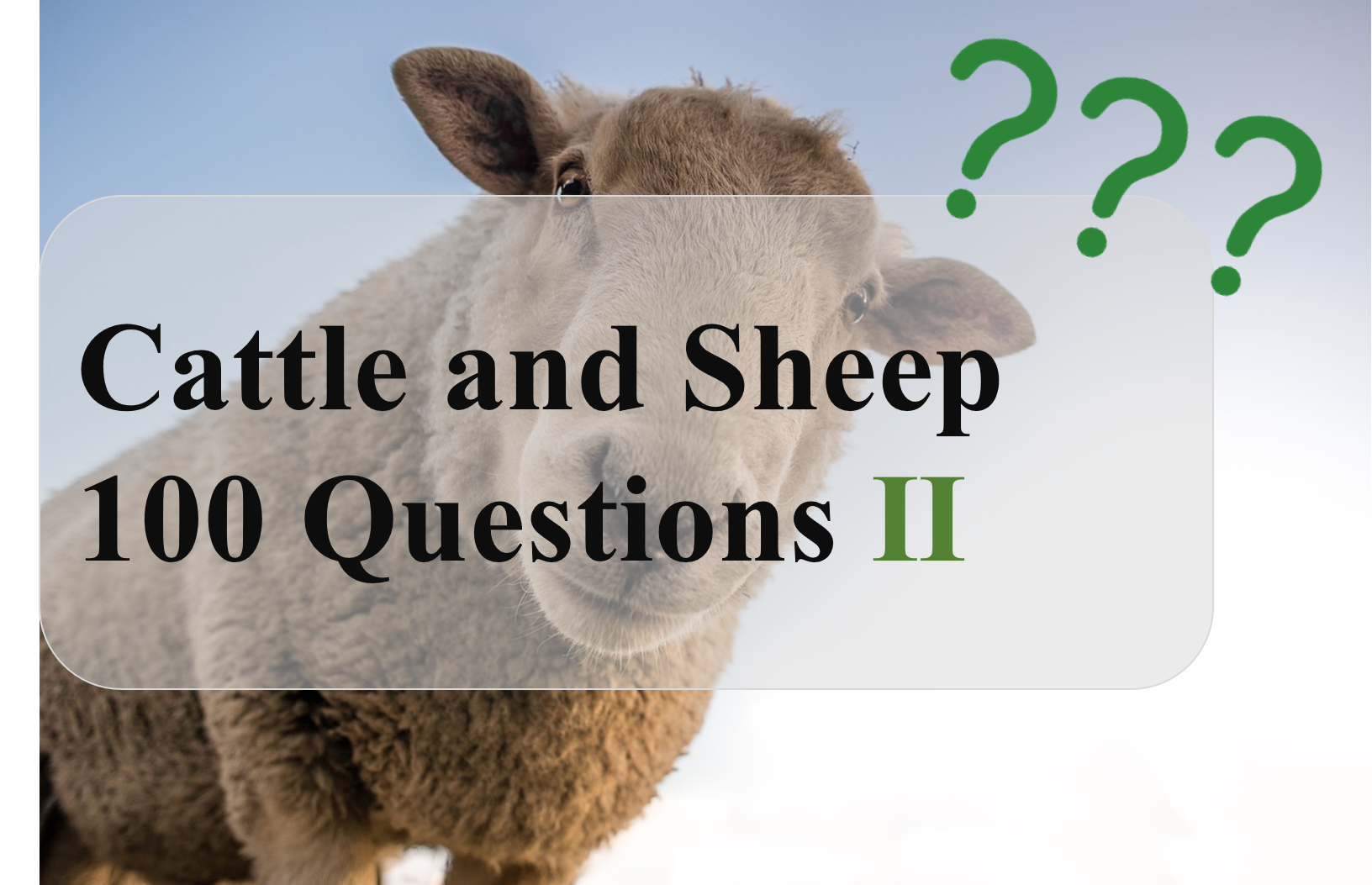 Cattle and Sheep 100 Questions Ⅱ
Cattle and Sheep 100 Questions Ⅱ